Greetings

An Introduction and a Dedication
By Don Hannah
When Theatre New Brunswick’s Artistic Director Natasha MacLellan called me up late last summer, she began by saying, “I’m not quite sure what I’m asking you to do.” She said that she wanted to try something different for the Christmas slot in the TNB season, and starting by telling me that, during Covid, TNB had sent out a series of narrative postcards that had proved popular, and she asked if I was interested in coming up with a writing project that would involve not the stage but the mail. “Maybe Christmas cards?” she said, “Maybe something to do with the twelve days of Christmas?” It was a crazy idea that really appealed to me; I told her I’d think about it and get back to her in a week or so.
Just a few days before, I’d been given a shopping bag full of documents that had belonged to an old friend who, like me, had grown up in Shediac. Bev Taylor was the oldest sister of my childhood pal Richard, so much older, in fact, that she was off studying nursing in Montreal while we were still in primary school. Bev and I didn’t really get to know each other till I was in my forties and she was in her sixties; we hit it off when we met then, and afterwards would get together a couple of times a year and talk about our families, about the people we’d known in Shediac and Moncton, about New Brunswick. My dad had died so long before that she was the only friend of my adulthood who’d known him. Bev was wise and fun and a passionate supporter of the arts: anyone from Moncton who went to concerts, plays, events at the Frye Festival, Met Opera broadcasts or art exhibits would have known her. She came to see every production of mine in the Maritimes and every exhibit of my partner Doug Guildford’s art work.
Bev died of Covid last year in July. The next month her daughter Lisa dropped off that shopping bag. Its contents were related to our lives in Shediac: local history books and pamphlets, a scrapbook of newspaper clippings: documents from her past and mine. And there was also a manila folder stuffed with old papers and photographs.
That folder stopped me in my tracks. It contained pretty much all that remains on earth as a record of the woman who had lived next door to Bev’s family in Shediac: a woman named June Roberts who was, as we used to say back then, an old maid and a career girl—she worked at the Bank of Montreal. In that folder were letters from relatives dating from 1905, photographs of June as a young girl in her garden, newspaper obits, funeral home receipts, greeting cards, property deeds, letters from the bank when she’d retired after forty-six years of service. I remembered this woman from my childhood: when I opened my first bank account (I would have been around ten) she was the teller who smiled down at me and handed me my first bank book. And I remember her house—I’d never been in it, but I used to play around it. We boys would sneak into the barn where there was an ancient bicycle with wooden tires. Decades ago, every house on that street but one was torn down and paved over; and now, here on my desk, was a photograph of her house with that wooden bicycle leaning against a tree in the front yard. She’d lived in that house her entire life, looking after her invalid mother and then, in the decades after that, had gone fairly batty. When she died, her house was overrun with not just cats but with the remains of cats: “Over ninety of them, living and dead,” Bev told me. A sad ending right out of a Southern Gothic. When I asked Lisa why her mother had kept all of this she replied, “I have no idea why she kept much of that but she was very sentimental and June had no family so I think it was her way of honouring her to not just discard it.”
I had been going through this little pile of a life, thinking about the things we leave behind and what they can say about us, when Natasha called. The project started taking shape in my head before I even got off the phone.
So, starting from Natasha’s idea of Christmas cards and the twelve days of Christmas, what I proposed were twelve mailings, each one associated with a specific Christmas, starting in 1924 and ending in 2024. For the most part, they will be cards with enclosures (letters, children’s notes, drawings, newspaper clippings) that tell the story of four generations of a New Brunswick family over a century. As they progress, they become a history of a hundred years of Christmas greetings, and look at how that custom has evolved over time. The texts of the letters move from handwriting in pencil and pen, to typewriters (upright then electric then electronic), and finally to computers. Through references to specific events, World War II, elections, the Mactaquac Dam, Centennial Year, and so on, the mailings also tell a history of the province, and the newspaper clippings show how social events (wedding announcements, obits etc) were conveyed over time.
I decided that one of my characters would be named June and that she would have a mysterious life completely unlike that of the woman whose documents had led me to the conception of Greetings. Readers will piece together bits of information as they go; I want to make this a similar experience to going through a box of old family papers and making connections. Each document is a clue. We first hear of “my” June in 1924 when she’s not yet five. Unlike her namesake, she will run away from the house with the wooden bicycle in the barn. Why? What happens to her? Will she come back?
Greetings: One Hundred Years of Family Life — birthdays, funerals, wars, and feuds; engagements, breakups, elopements, elections, school days, and holidays; tears, queers, debts, and secrets; I love yous, I hate yous… and all the news in between — in Twelve Letters is dedicated to my friend Bev Taylor and to her daughter Lisa Chance who brought that remarkable manilla folder to me.
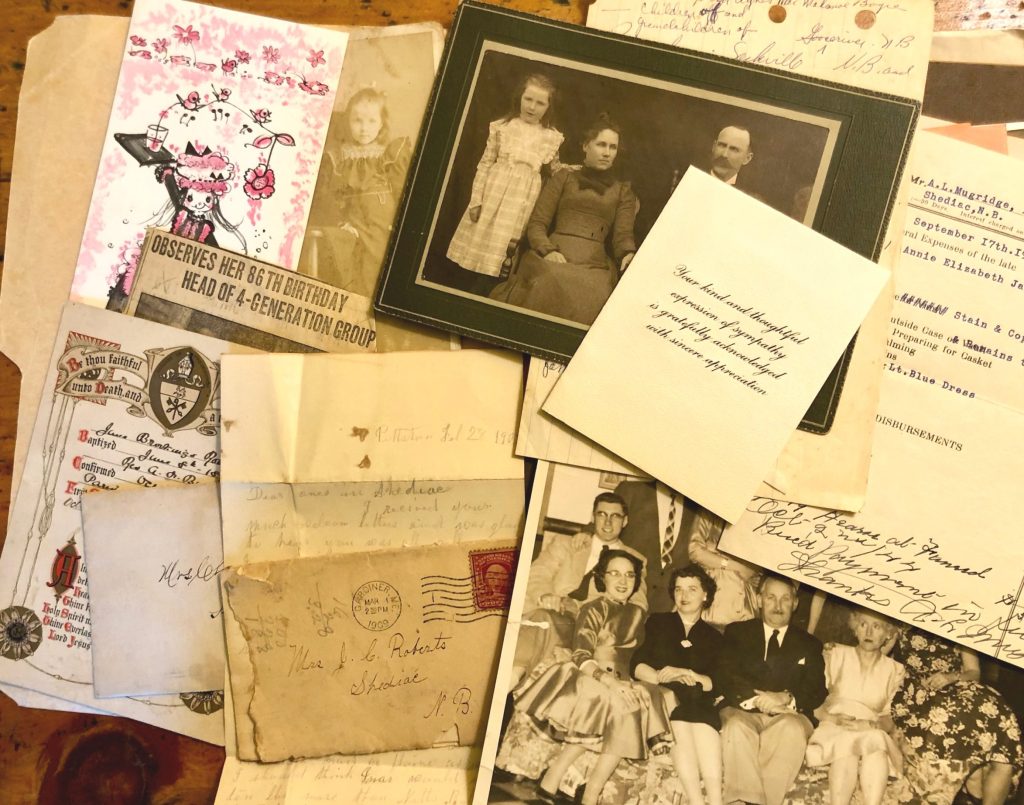
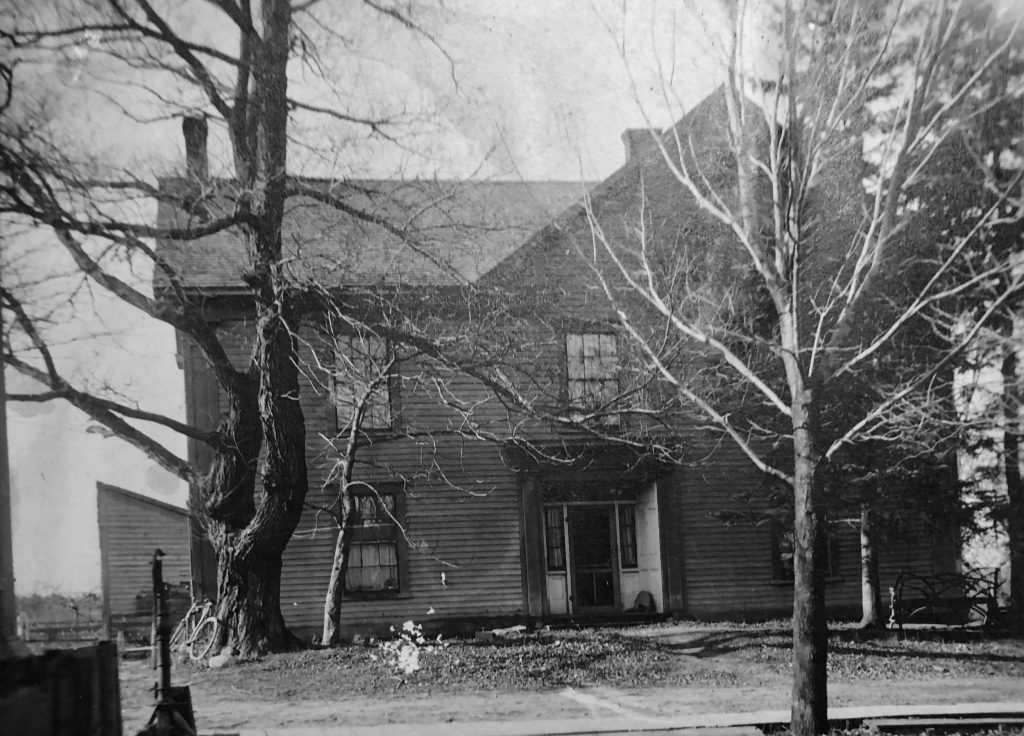
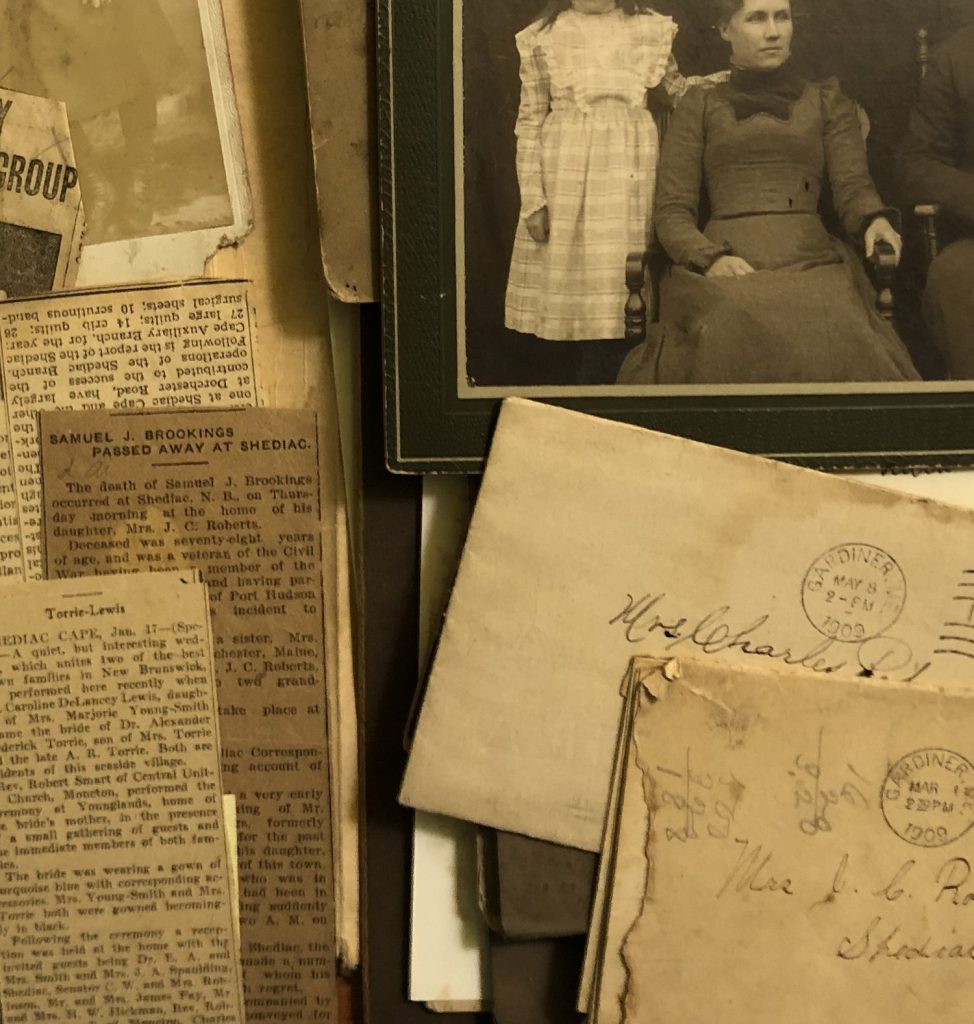
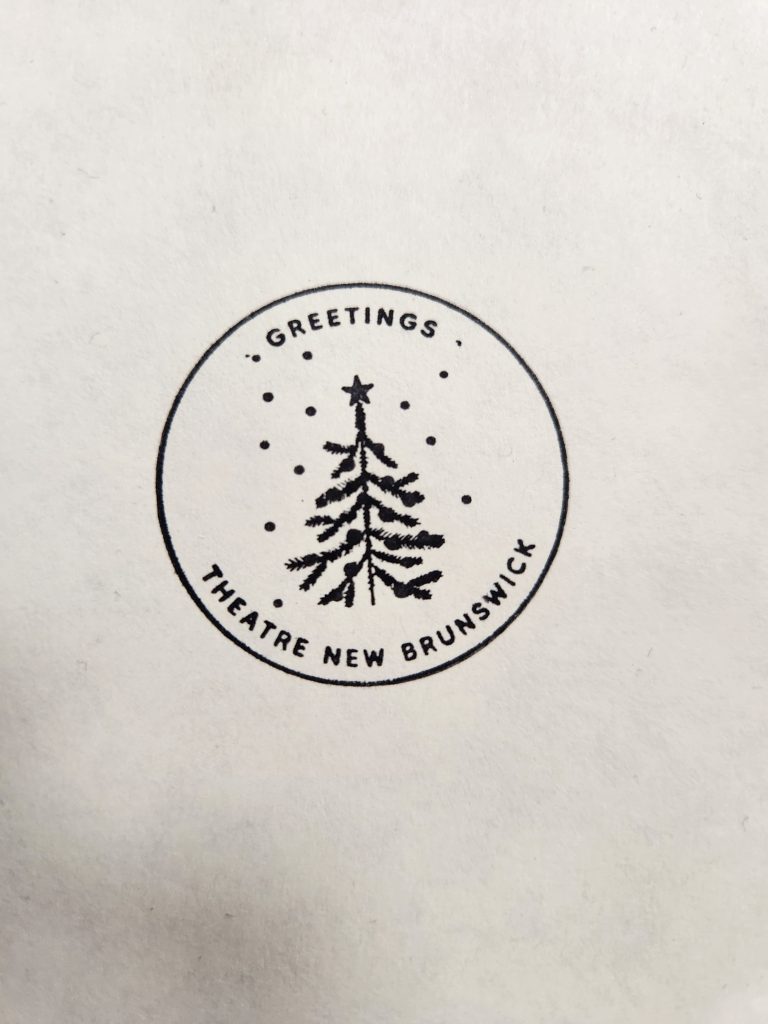
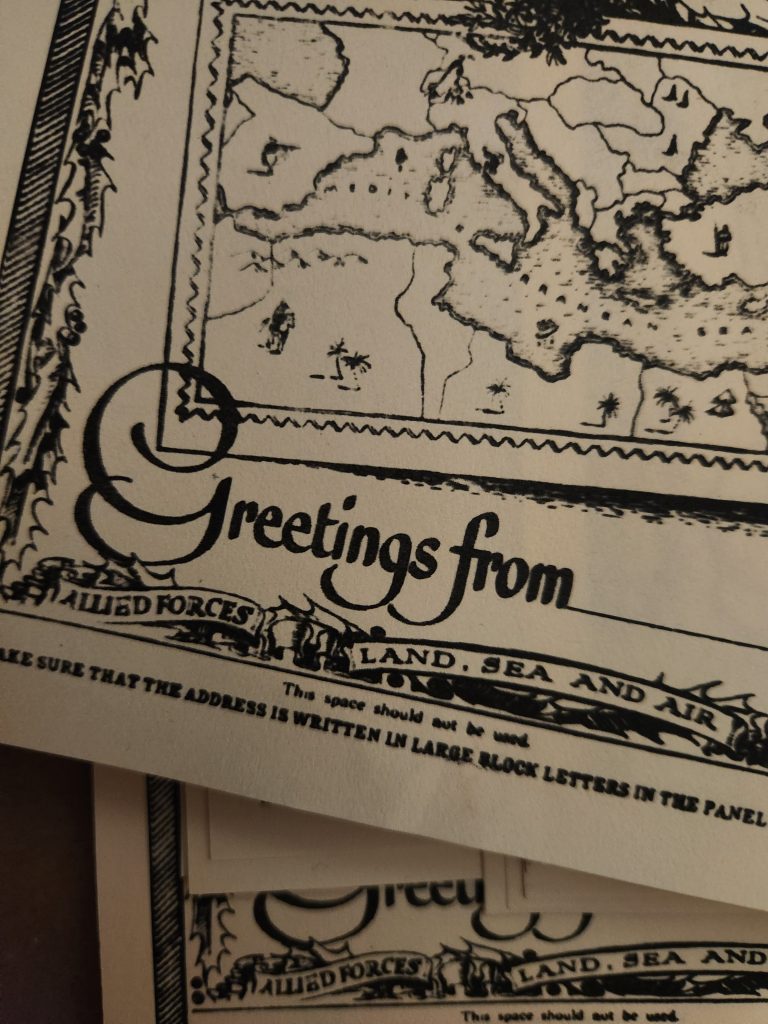

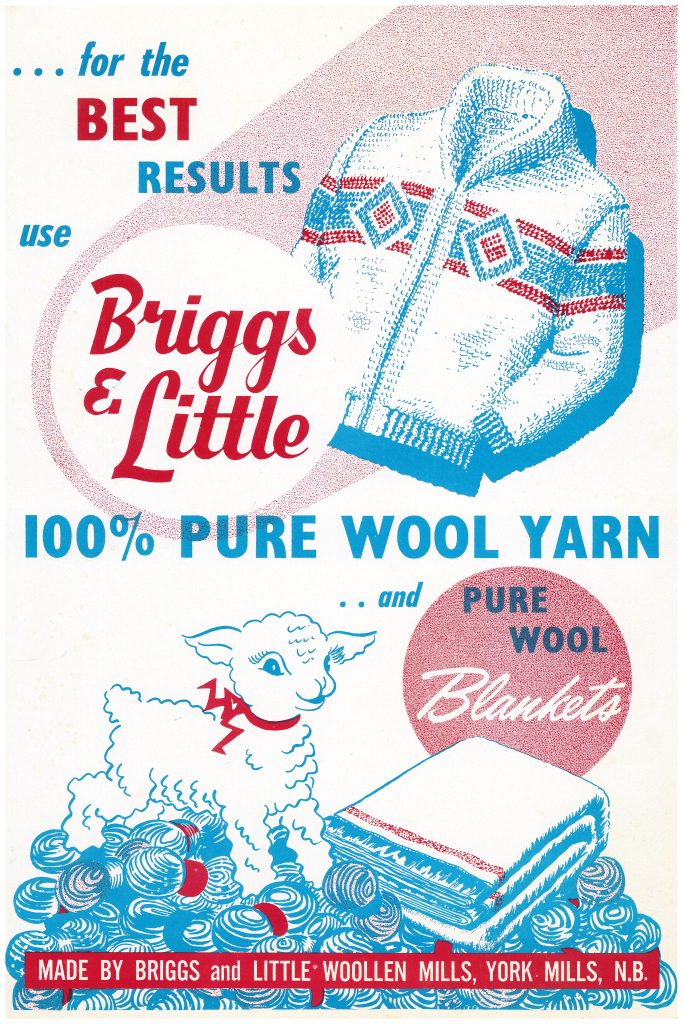

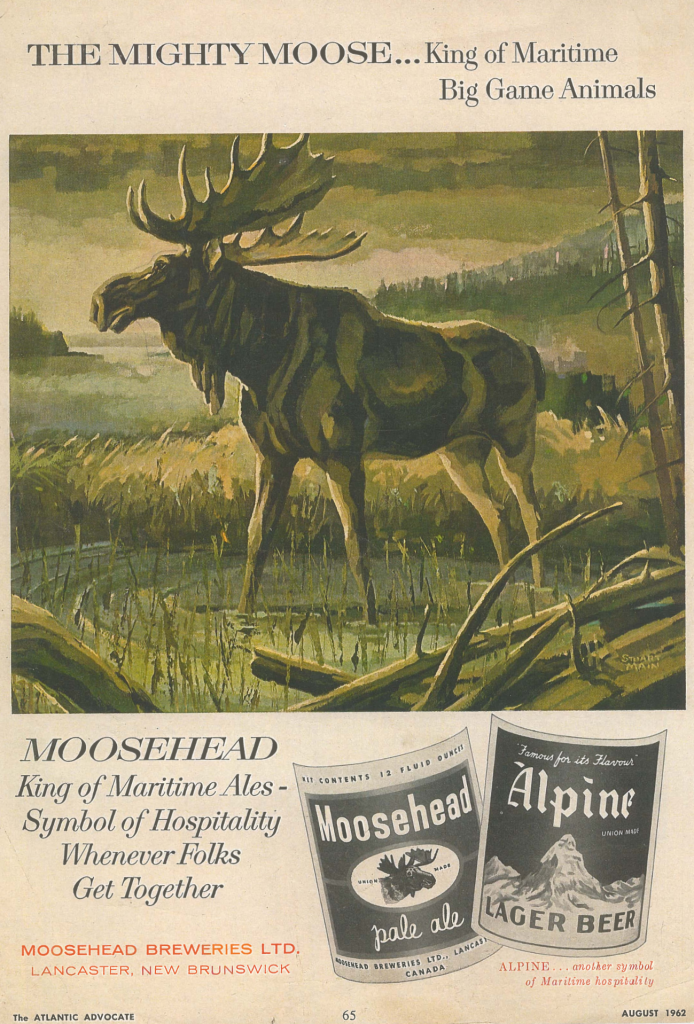
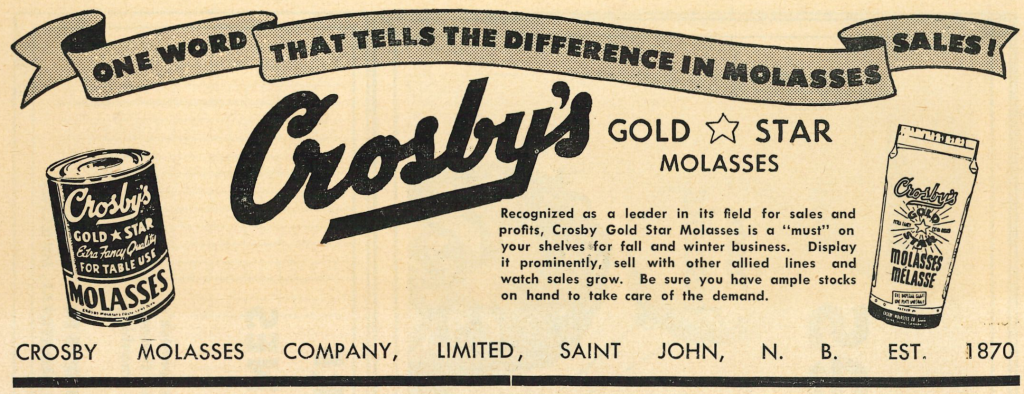
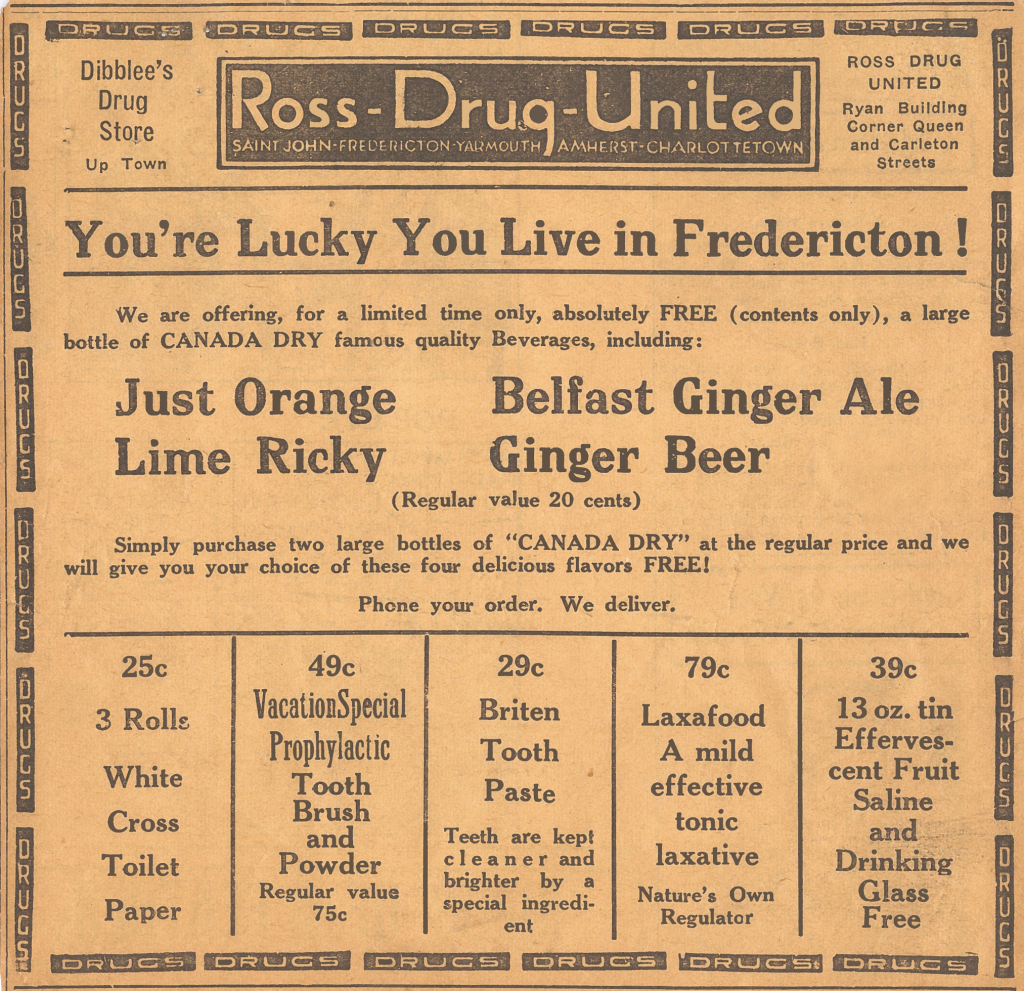
Greetings would not have been possible without
the involvement of the following people:
Creative Team
Don Hannah – Writer
Goose Lane Editions – Production Partner
Andrea Evans – Project Designer
Jared Carney – Communications, Publicity, Web Design
Zinnia Maher-Watson – Production Assistant
Finn Boehm – Production Assistant
Letters and Cards
Natasha MacLellan
Joanna Bryson
Andrea Evans
Sherry Kinnear
Sharisse LeBrun
Naomi McGowan
Claude Fulton
Clement Fulton
Matt Carter
Margaret Evans
Writer Thanks
Peter Ennison
Doug Guildford
Janet Guildford
Clarissa Hurley
Martin Kinch
Emily Leadbeater
Suzanne Morton
Special Thanks
Allegra Printing
6 Colour Copy
GM Canada
Ross Drugs
Crosby Foods
Moosehead Breweries
Briggs and Little
NB Archives
Moonsteam Design Studio
Beaverbrook Art Gallery
Theatre New Brunswick
Natasha MacLellan
Joanna Bryson
Jared Carney
Andrea Evans
Naomi McGowan
Jamie Atkinson
Sherry Kinnear
Sharisse LeBrun
Trent Logan
